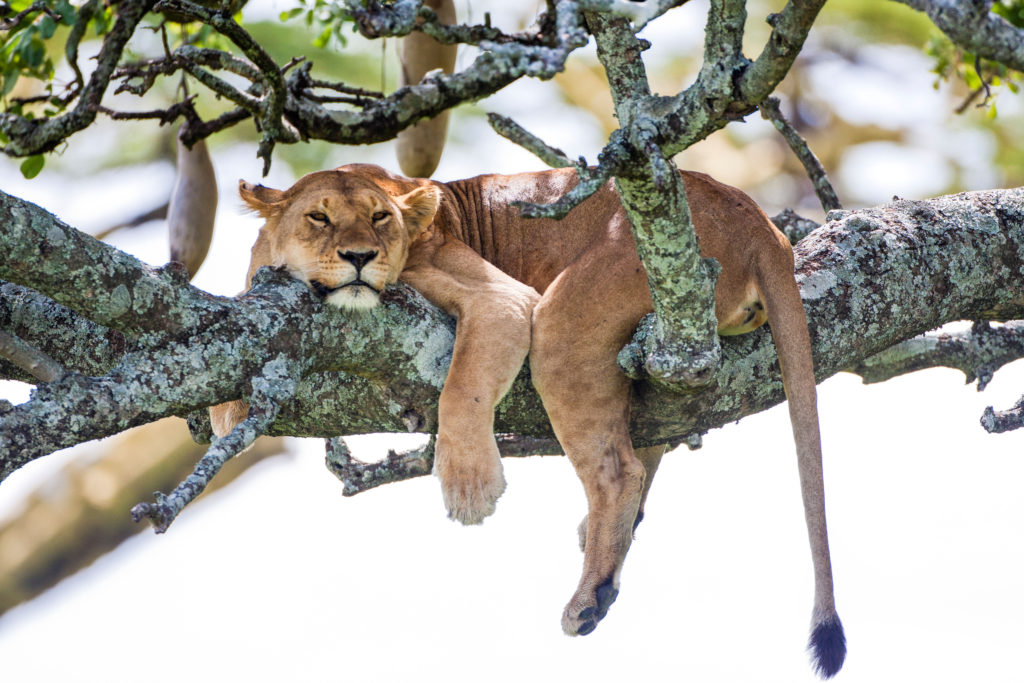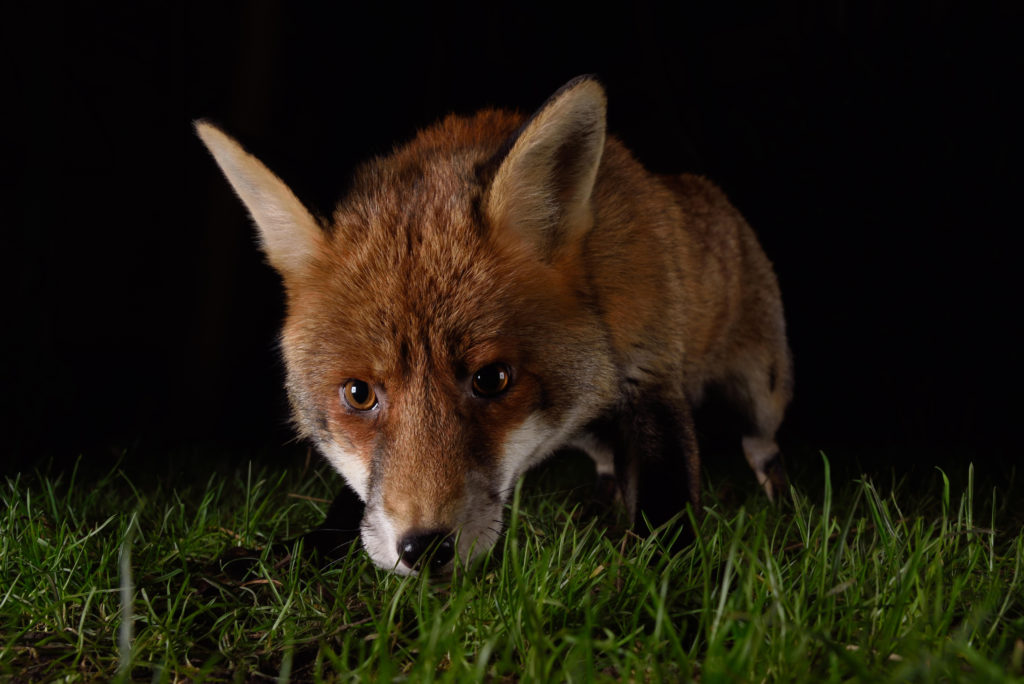“Take nothing but photographs, leave nothing but footprints, kill nothing but time” – this is the mantra that a lot of nature photographers live by, but the increase in popularity of wildlife photography has caused a host of unethical behaviour by photographers all wanting to get the best shot.
Being a Zoologist myself I feel very strongly about the ethics of wildlife photography and I thought it would be a good idea to highlight some of the main areas of unethical practice.
Baiting
Baiting is one of the most hotly debated topics among wildlife photographers and its meaning can be interpreted in different ways. When we talk about baiting, we’re usually referring to the act of leaving food out for animals to lure them into certain situations but really it extends to anything that creates a situation that the animal wouldn’t have been in otherwise – for example using bird calls and remote control devices.
From a conservationist point of view baiting is a big no no and is illegal in some places – you should be documenting animal behaviour, not creating situations. Some photographers may disagree and have the view that putting out a bit of food for an animal isn’t hurting it, but baiting can have a much more detrimental effect than you might think.
Studies have shown that constantly leaving food out for animals can cause them to become dependent on these meals and to lose their natural instinct to fear humans. Worst case scenarios mean animals will become aggressive towards humans and such acts are often followed by culling. Opportunistic baiting of wild animals can also cause malnutrition and even death. You might think that leaving a little bit of food out won’t cause anything too drastic but imagine if everyone had the exact same view, the results don’t look great for the animal involved.

Do not disturb
When scoping out the perfect landscape to get your shot it’s essential you don’t disturb the area. If there’s an annoying stalk, branch or shrub in your way then move somewhere else. The shrub was there before you so best to leave it be. Removing anything from the area could be detrimental especially if there are nests involved. This could expose eggs or baby animals to predators which is certainly not what we want.
Don’t get too close! This goes without saying and is for your own safety as well as the animals’. There have been far too many ‘close calls’ when it comes to photographers getting up close and personal. If you want that perfect portrait then make sure you’ve got yourself a good zoom lens.
Silence is golden when it comes to wildlife photography. Not only will it increase your chances of actually seeing something but animals take their beauty sleep very seriously so keep the noise down, ‘wake not a sleeping lion’ should be taken literally! It’s not just animals that this rule applies to but fellow photographers as well. There’s nothing more annoying than hours of patience being ruined by someone who thinks chatting about what happened at the weekend is more important than your blue tit shot.

Faking it
Unethical wildlife photography isn’t just limited to acts that are detrimental to the animals and their behaviour. Making an audience believe the image is ‘real’ when it isn’t could potentially be seen as unethical.
I won’t hear a bad word said against Sir David Attenborough but even he has been in trouble for his misleading narrative in the BBC series ‘Frozen Planet’, where viewers were led to believe two polar bear cubs shown in a den were actually in the Arctic but in fact the scene was filmed in a zoo. Sure, it could have been unethical and quite frankly incredibly dangerous to film a wild polar bear den but the misleading nature is what bought anger to some viewers.
Another well-known example is the 2009 Wildlife Photographer of the Year winner Jose Luis Rodriguez whose image, dubbed ‘loan wolf’, was disqualified after it was later revealed that the wolf in question was trained and not wild at all.
There are other methods that some photographers would class as ‘cheating’ or ‘faking it’, for example camera traps. You could argue that there is no skill in setting up your camera, popping home for a cuppa, and then coming back to find a great photograph but in my opinion there is nothing wrong with it, as long as you are not disturbing or harming the animals in any way but you do need to be honest about how you got that shot.

In reality the key to a successful wildlife photograph is an awful lot of patience, observation skills, and probably the same amount of luck. This article has some great tips on how to get a great wildlife photo the ethical way.
Do you have an opinion on what’s ethical and what isn’t? We would love to know!